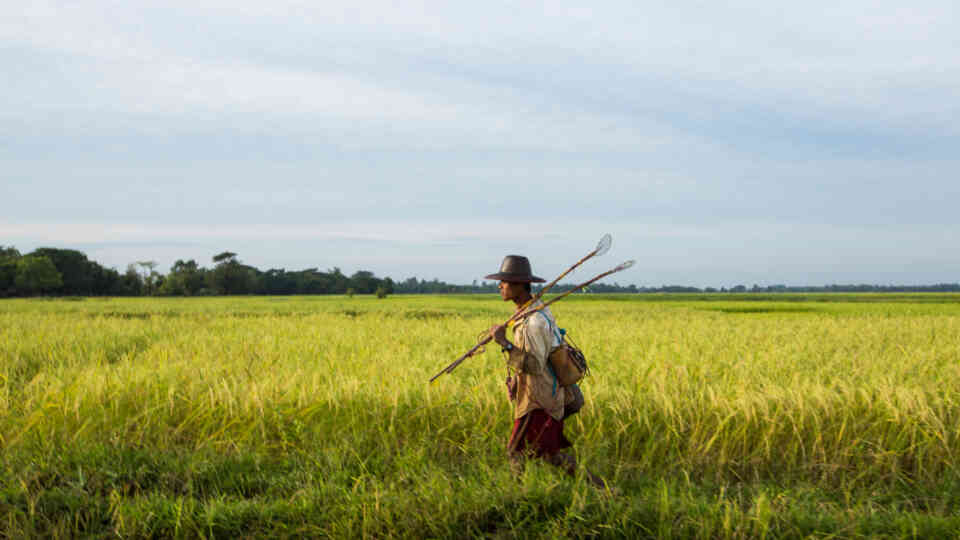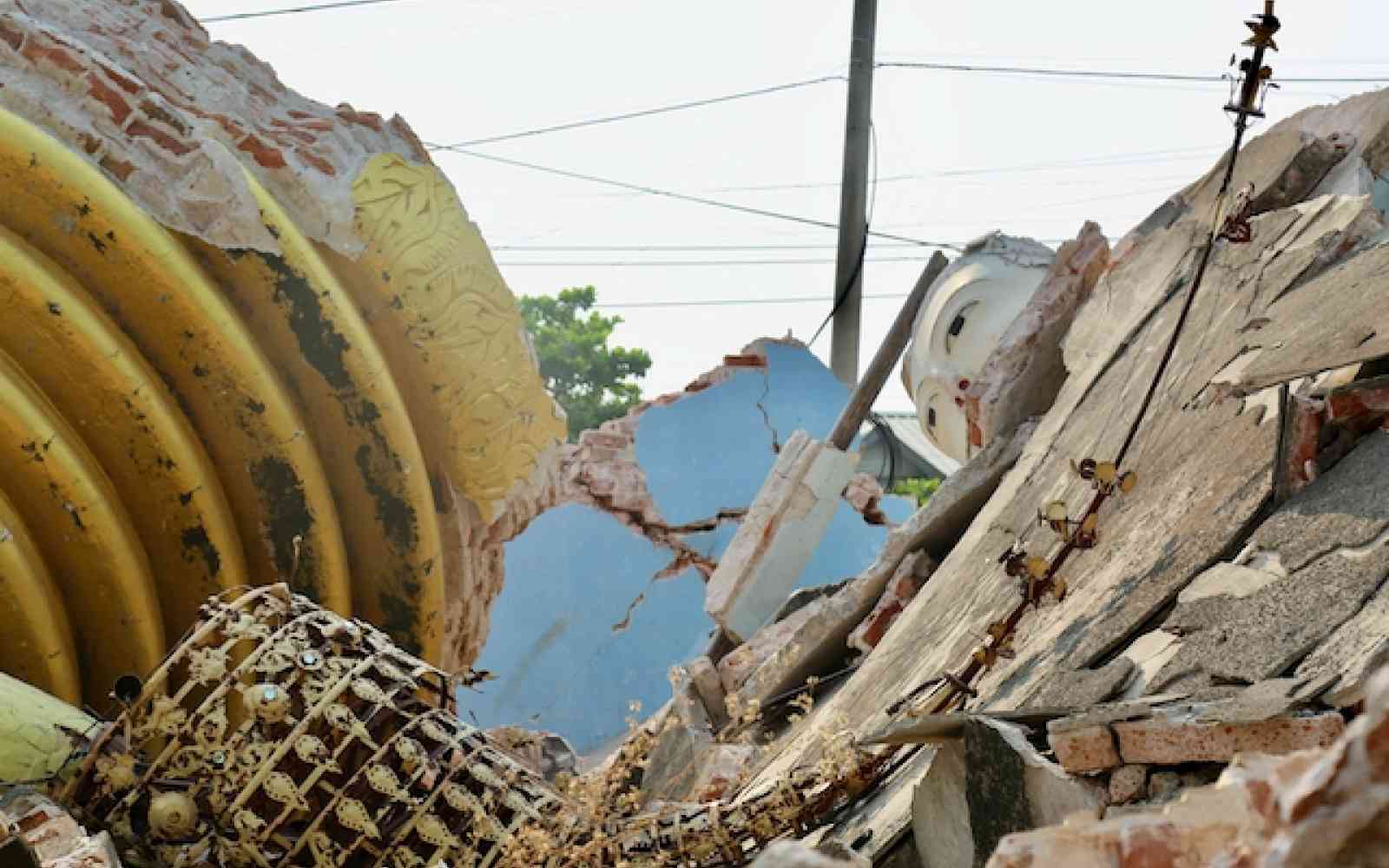The United Nations Office for Project Services (UNOPS)
Healthy and full lives for every woman, man and child

Accessing healthcare in rural Myanmar is no easy task. Now, thanks to 82 new rural health centres, it’s getting easier for people to reach the services they need.
In remote areas of the country, bad road conditions, inaccessible water ways and expensive transportation costs keep healthcare out of reach for many people. Those that manage to access medical facilities often find sub-standard amenities.
"A pregnant woman in this area is not able to properly take care of herself because she has to work hard to earn money," Daw Ei Ei Than, a local midwife, described. "She can only have good care if she can afford to go to the city."
The problem contributes to the deaths of about 2,400 pregnant women and 70,000 children every year.
"In our village, children have died unnecessarily because they didn't receive healthcare in time. Health knowledge is poor and people can be reluctant to go to the hospital, which is far away from us," Ko San Lwin, a member of a small community in Magway Region, said about the same issue.


Primary healthcare in rural areas of Myanmar is provided through rural health centres and sub-rural health centres. The Ministry of Health and Sports joined hands with The Three Millennium Development Goal Fund (3MDG) to build 82 new centres by 2017. They will be located in areas that are remote or hard-to-reach.
The facilities are being constructed to withstand severe weather conditions like earthquakes and floods. They will have solar panels to help ensure that the power remains on when people need it most. The use of locally sourced construction materials and labour will help keep maintenance costs down.
Apart from the accessibility and quality of facilities, communities report that finding enough health staff to work in the centres is another major challenge. Like patients, hard travel conditions and lack of transportation keep medical staff from regularly accessing centres. The new centres will include on-site accommodation to help with the problem.
"Having nurses' accommodation included in the new health centre means we can work more comfortably, fully dedicate ourselves to our patients and be there whenever we are needed," explained Daw Chan Chan Aye, a local midwife.
Trained local medical staff will live in the accommodation to ensure they are close at hand. The rural health centres will have five staff and treat up to 50 patients a day. The sub-rural centres will have two staff and treat approximately 30 patients a day.
For midwife Daw Ei Ei Han, along with providing health services, education at the centres can make an enormous difference to the people in her community: "We can work closely with the community to provide more health knowledge, and people will be able to meet me in person or talk on the phone to discuss health problems."
The centres will also have examination areas and counselling rooms to support those living with HIV.
Project details
Before building the facilities, UNOPS developed three types of designs for rural health centres, sub-rural health centres and modified rural health centres, together with the Ministry of Health and Sports. The Ministry then standardized the designs so that they can be widely used, with variations for different geological and topographical conditions of the country. This includes delta, flatlands, hills and coastal areas.
The progress of work at each site is regularly monitored and evaluated for quality assurance, health and safety, and the environmental aspects of construction. Through the entire process, community engagement is prioritized to develop a better understanding of local needs and encourage greater ownership of the final product by the community.
To ensure maintenance and sustainability of the buildings, an operation manual was prepared and handed over to the Ministry of Health and Sports.
About 3MDG
The UNOPS-managed 3MDG Fund is the largest development fund for health in Myanmar. The 3MDG Fund has a significant, timely and nationwide impact, improving maternal, newborn and child health, combating HIV and AIDS, tuberculosis and malaria.
In partnership with the Government of Myanmar and others, 3MDG strengthens the national health system at all levels. The Fund specifically aims to extend access for poor and vulnerable populations to quality health services.
By pooling the contributions of seven bilateral donors — Australia, Denmark, the European Union, Sweden, Switzerland, the United Kingdom and the United States of America — 3MDG promotes the efficient and effective use of development funds. 3MDG supports Myanmar's health sector with over $279 million in the period of 2012 to 2017.












